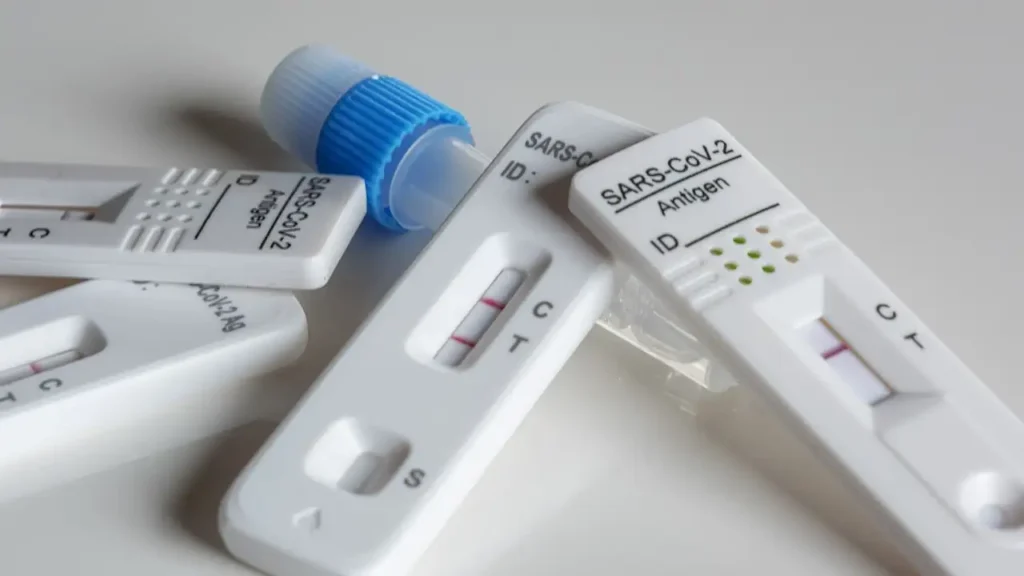
Rethinking COVID-19 Isolation Protocols: A Critical Analysis
Introduction
As the global community continues to navigate the complexities of the COVID-19 pandemic, the subject of isolation following a positive test remains a crucial topic of debate. The Centers for Disease Control and Prevention (CDC) has long recommended a five-day isolation period, a guideline that has been both adhered to and questioned over time. This article aims to delve into the intricacies of COVID-19 isolation protocols, examining the rationale behind the current recommendations and exploring alternative perspectives.
The Origin of the Five-Day Isolation Guideline
Historical Context
The shift from a 10-day to a 5-day isolation recommendation in late 2021 was a strategic response to the omicron variant’s rapid spread. This decision, described by Harvard University epidemiologist Bill Hanage as a necessity to prevent societal disruption, was not strictly based on evidence-based science but rather on practicality and public safety considerations.
Scientific Underpinnings
Research indicates that individuals are most contagious in the initial days following infection. This forms the backbone of the five-day isolation rule. However, this standardization raises questions about its applicability across varied symptomatic presentations.
Comparing COVID-19 to Other Infectious Diseases
Influenza and the Common Cold
The contagiousness of influenza and common cold viruses typically peaks in the initial days post-infection. For influenza, the CDC advises isolation until at least 24 hours post-fever without medication. Similar principles apply to the common cold, though contagiousness can extend up to two weeks.
COVID-19’s Unique Nature
COVID-19 presents a more complex scenario. As noted by infectious disease experts, the virus’s asymptomatic or mildly symptomatic nature in many cases complicates isolation recommendations. The variability in symptom presentation challenges the one-size-fits-all approach of the current guidelines.
Diverging Opinions and Emerging Studies
Expert Perspectives
Experts like Dr. Peter Chin-Hong and Saskia Popescu emphasize the importance of symptom-based approaches over rigid timeframes. Their views are supported by research showing varied infectious periods among different age groups and symptomatic presentations.
State-level Responses
Oregon’s decision to relax the five-day isolation rule post the expiration of the COVID public health emergency showcases a shift towards more flexible, symptom-based approaches. This move, however, has not seen widespread adoption across other states.
The Debate: Standardization vs. Personalization
The core of the debate lies in balancing public health safety with practicality. Standardized isolation protocols offer clarity and simplicity but may not account for individual variations in contagiousness and symptom severity.
Towards a More Nuanced Approach
Adopting a more personalized isolation protocol could involve:
- A symptom-based approach, where isolation duration is determined by the presence and severity of symptoms.
- Regular testing post-infection to ascertain the decline in contagiousness.
- Enhanced public education on recognizing and responsibly managing symptoms.
Conclusion: A Call for Adaptive Strategies
As the pandemic evolves, so must our responses. The debate over isolation protocols underscores the need for adaptive, evidence-based strategies that consider both public health imperatives and individual circumstances. In this dynamic landscape, ongoing research and open discourse remain key to formulating effective and practical guidelines.